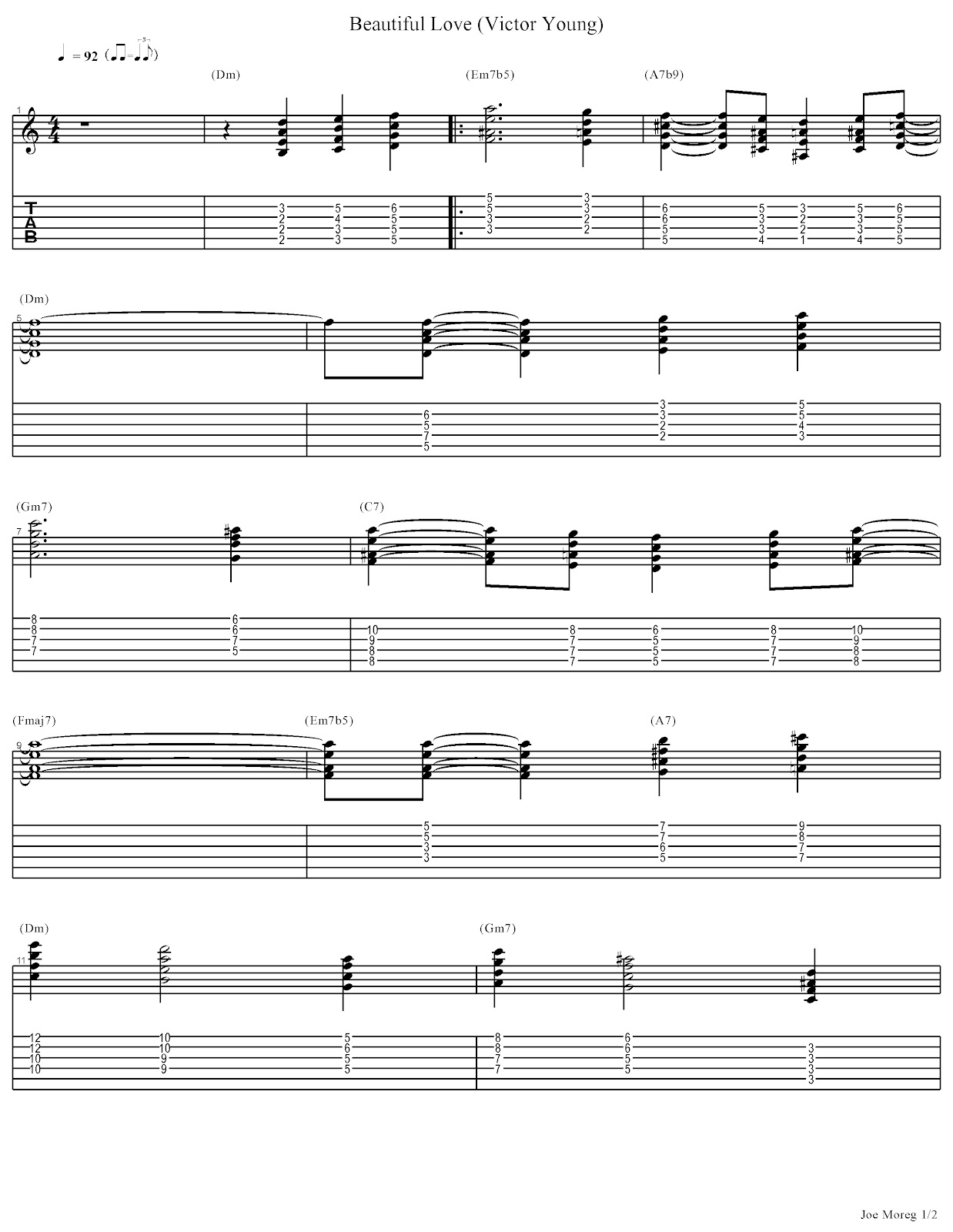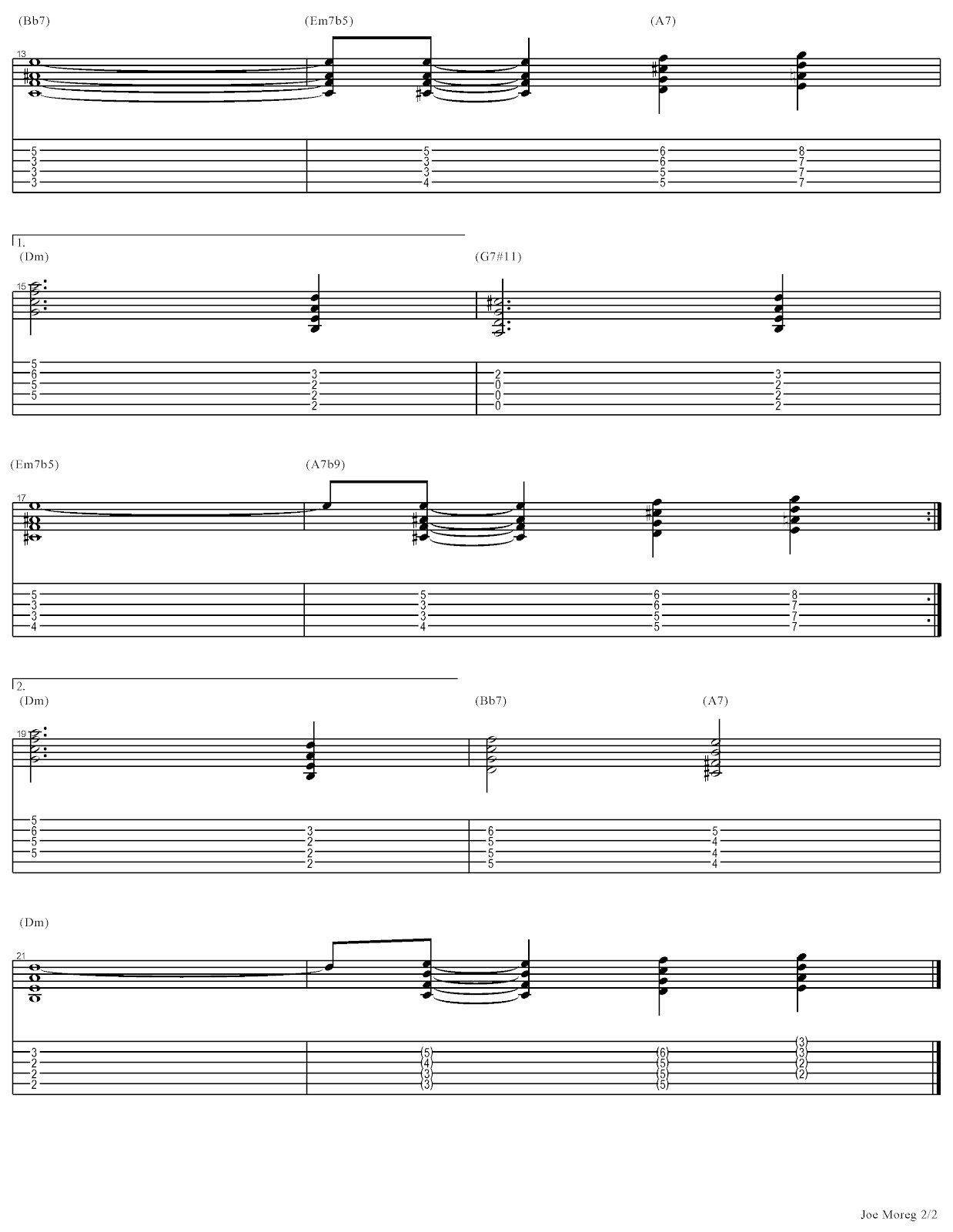Hello Everybody!
Thank you for stopping by this blog I'm making it every month since last October.
Please check previous months to find more stuff.
The contents I'm collecting in this entry are some of the songs and material I've been teaching to my online students.
As I probably mentioned last month, I'm currently available to teach online, and also one-to-one here in Palma (Majorca, Spain).
This picture below was taken during one of these online sessions, just to give you an idea of how it works.
We're using Hotmail Messenger software here, but I can also teach via Skype and email.
I was teaching Jose C. how to play "Animal Nitrate", by Suede. You can see my student on the top left hand corner. The image just below is a close-up of my left hand showing him how to play a chord.
Apart from the live cam, I also provide my transcription, which you can also see in this picture. I normally email the student all the notes and material we've used during the lesson.
Thank you for stopping by this blog I'm making it every month since last October.
Please check previous months to find more stuff.
The contents I'm collecting in this entry are some of the songs and material I've been teaching to my online students.
As I probably mentioned last month, I'm currently available to teach online, and also one-to-one here in Palma (Majorca, Spain).
This picture below was taken during one of these online sessions, just to give you an idea of how it works.
We're using Hotmail Messenger software here, but I can also teach via Skype and email.
 | |
| This is a Print Screen I did from my computer during one of my online lessons. |
I was teaching Jose C. how to play "Animal Nitrate", by Suede. You can see my student on the top left hand corner. The image just below is a close-up of my left hand showing him how to play a chord.
Apart from the live cam, I also provide my transcription, which you can also see in this picture. I normally email the student all the notes and material we've used during the lesson.
If you are interested, please get in touch, and we can arrange a free trial (joemoreg@hotmail.com).
"Peacemaker Die" (Extreme) - Rock Riff
Victor was my student while I was living in London, just a few years ago. I carry on teaching him thanks to the Internet.
He requested to learn this song, which I've never played before. If you listened to the whole tune you'll see it's a challenging one.
In this video you'll see me playing the main Riff at a slow speed, and afterwards the transcription (in tablature) will appear on screen.
I will record the rest of the song, and I'll upload it to this blog or to my youtube channel.
"Beautiful Love" (Victor Young) - Acordes por cuartas
The goal with this lesson I prepared for Jose M., was to harmonize the melody of this tune. That basically means to create a chord for every single note of that melody.
It's just an exercise, but some of the resulting chords sound interesting.
We used four note chords only using fourth intervals.
This is how it works. Let's say we have a G note on the melody, and that note is supposed to sound over a Cmaj7.
The idea is to create a four notes chord. Each of these notes are a fourth away from each other, and G is on top.
The resulting chord will be (from low to high): E A D G.
E F G A B C D E F G
All these notes come from the C Major Scale, which is the appropriate for this chord in this particular case.
---------3-------------- This example is highlighted in blue in
---------3-------------- the next picture.
---------2--------------
---------2--------------
------------------------
------------------------
The following diagram shows all the notes in the C Major Scale, from the first to the thirteenth fret.
The bottom string is the sixth (low E), and the top string is the first (high E).

Every single chord in this transcription has four notes, always in adjacent strings; 4th string to 1st, or 5th to 2nd.
I've use two kind of circles, normal and bold, to help you visualize the shapes more easily.
For instance, the first group of notes on the left is:
F B E A D G (normal), and the second is: G C F B E A (bold).
----3---------5--------
----3---------5--------
----2---------4--------
----2---------3--------
----2---------3--------
----1---------3--------
For this exercise, apart from the C Major Scale, I've also used the Harmonic Minor Scale and the Melodic Minor Scale.


"Triste" (A.C. Jobim) - Melodía de Bossanova
Because it's hard to find Brazilian music melodies adapted to Tab, I'va also wanted to share this one I did for my student Cleide.


C Major Analisis - Basic Theory regarding chords played on the guitar.

Whenever we play a C Major, or C, in its basic position we strum or pluck five strings.
This chord is just 3 notes: C, E and G.
The note C appears twice, low and high, and the same happens with E.
Depending on the chord position we would duplicate certain notes.
If we just strum three strings, and they are C, E and G, we're already playing a C Major chord.
This is the C Major Scale:
C D E F G A B
Starting on a C, we form the chord adding its third note and its fifth.
C D E F G A B
It's exactly the same formula to form F Major and G Major (1 3 5).
F G A B C D E
G A B C D E F
That's all for now. I hope you've found interesting some of these contents.
Comments and suggestions are more than welcome.
See you next month!
Jose
"Beautiful Love" (Victor Young) - Acordes por cuartas
The goal with this lesson I prepared for Jose M., was to harmonize the melody of this tune. That basically means to create a chord for every single note of that melody.
It's just an exercise, but some of the resulting chords sound interesting.
We used four note chords only using fourth intervals.
This is how it works. Let's say we have a G note on the melody, and that note is supposed to sound over a Cmaj7.
The idea is to create a four notes chord. Each of these notes are a fourth away from each other, and G is on top.
The resulting chord will be (from low to high): E A D G.
E F G A B C D E F G
All these notes come from the C Major Scale, which is the appropriate for this chord in this particular case.
---------3-------------- This example is highlighted in blue in
---------3-------------- the next picture.
---------2--------------
---------2--------------
------------------------
------------------------
The following diagram shows all the notes in the C Major Scale, from the first to the thirteenth fret.
The bottom string is the sixth (low E), and the top string is the first (high E).

Every single chord in this transcription has four notes, always in adjacent strings; 4th string to 1st, or 5th to 2nd.
I've use two kind of circles, normal and bold, to help you visualize the shapes more easily.
For instance, the first group of notes on the left is:
F B E A D G (normal), and the second is: G C F B E A (bold).
----3---------5--------
----3---------5--------
----2---------4--------
----2---------3--------
----2---------3--------
----1---------3--------
For this exercise, apart from the C Major Scale, I've also used the Harmonic Minor Scale and the Melodic Minor Scale.


"Triste" (A.C. Jobim) - Melodía de Bossanova
Because it's hard to find Brazilian music melodies adapted to Tab, I'va also wanted to share this one I did for my student Cleide.


C Major Analisis - Basic Theory regarding chords played on the guitar.

Whenever we play a C Major, or C, in its basic position we strum or pluck five strings.
This chord is just 3 notes: C, E and G.
The note C appears twice, low and high, and the same happens with E.
Depending on the chord position we would duplicate certain notes.
If we just strum three strings, and they are C, E and G, we're already playing a C Major chord.
This is the C Major Scale:
C D E F G A B
Starting on a C, we form the chord adding its third note and its fifth.
C D E F G A B
It's exactly the same formula to form F Major and G Major (1 3 5).
F G A B C D E
G A B C D E F
That's all for now. I hope you've found interesting some of these contents.
Comments and suggestions are more than welcome.
See you next month!
Jose
Guitar Lessons in Palma (Majorca) - Clases de Guitarra en Palma (Mallorca)
Online Lessons also available - También disponibles Clases Online

No comments:
Post a Comment